The U.S. is exporting more LNG to Europe as a result of Russia’s war in Ukraine and cuts made to natural gas supplies ahead of winter, but there has been a buildup of LNG vessels waiting to unload at ports with European infrastructure unable to handle the increased LNG shipments.
Sixty LNG tankers have been idling or slowly sailing around northwest Europe, the Mediterranean, and the Iberian Peninsula, according to MarineTraffic. One is anchored at the Suez Canal. Eight LNG vessels that came from the U.S. are underway to Spain’s Huelva port.
“The wave of LNG tankers has overwhelmed the ability of the European regasification facilities to unload the cargoes in a timely manner,” said Andrew Lipow, president of Lipow Oil Associates.
These delays postpone the tankers’ return to the Gulf Coast of the United States to pick up the next load, according to Lipow, and as a result, natural gas inventories rise more than the market expected.
The underlying infrastructure issue is a lack of European regasification capacity due to a shortage of regasification plants and pipelines connecting countries that have regasification facilities. As a result, the amount of LNG on the water — floating storage — increases and in turn drives down the price of natural gas.
European gas storage continues to rise and now exceeds 93%,” said Jacques Rousseau, managing director, global oil and gas for ClearView Energy Partners LLC.
Rousseau said the increase in floating storage, with vessels needed to move capacity around the globe tied up for longer, has contributed to an approximate doubling in LNG tanker rates year over year.
Energy experts tell CNBC they are keeping an eye on an EU LNG price cap. The cap was discussed last Thursday even as prices have come down. “The price cap potentially pushes traders out of the market which would impact future supply arriving in Europe,” Rousseau said.
European gas prices had soared above 340 euros ($332.6) per megawatt hour in late August, but this week dipped below $100 for the first time since Russia cut supplies. Before the war, the price had been as low as 30 euros.
Russia, which supplies a large portion of natural gas to Europe, cut gas supplies as a response to sanctions after the country’s war with Ukraine.
Source: CNBC
The opinions expressed herein are the author's and not necessarily those of The Xinde Marine News.
Please Contact Us at:
media@xindemarine.com

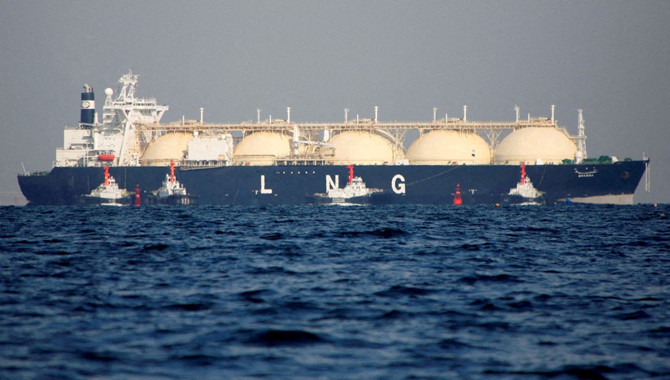
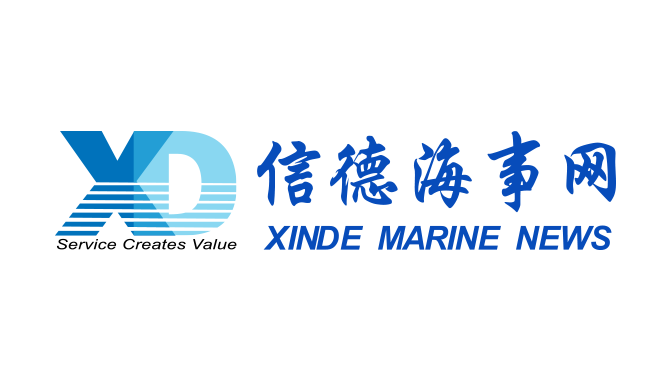 WOODSIDE AND CHINA RESOURCES AGREE LONG-TERM LNG SU
WOODSIDE AND CHINA RESOURCES AGREE LONG-TERM LNG SU 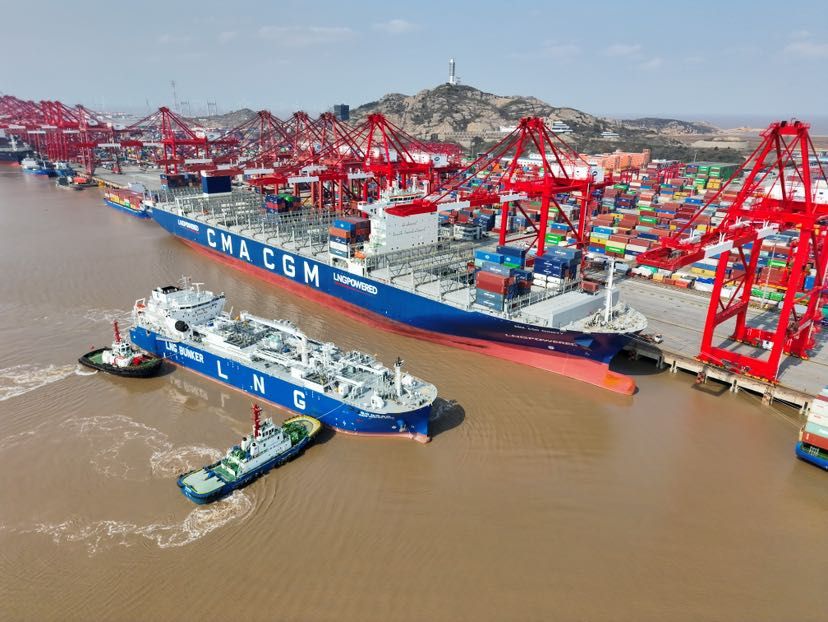 Shanghai Yangshan Port Bunkered Two LNG Powered Con
Shanghai Yangshan Port Bunkered Two LNG Powered Con 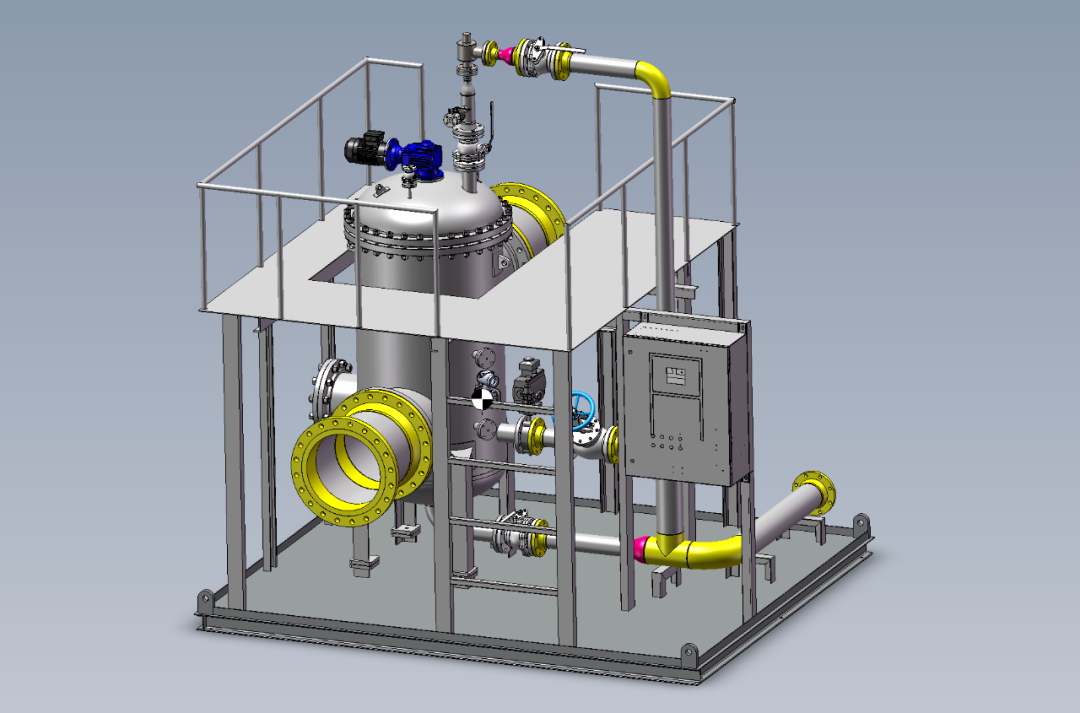 Headway successfully delivers filtration skid solut
Headway successfully delivers filtration skid solut  Celebrating the Launch of “Green Energy Pearl” –
Celebrating the Launch of “Green Energy Pearl” – 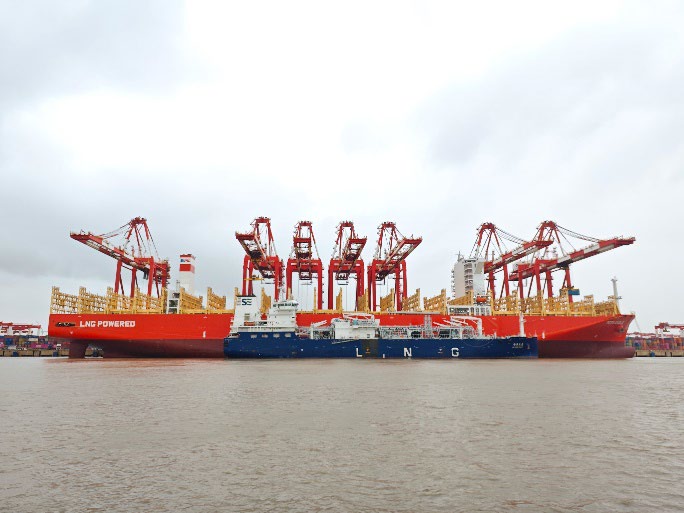 PIL and SSES complete the inaugural LNG bunkering o
PIL and SSES complete the inaugural LNG bunkering o  BW LNG secures e-procurement deal with Procureship
BW LNG secures e-procurement deal with Procureship